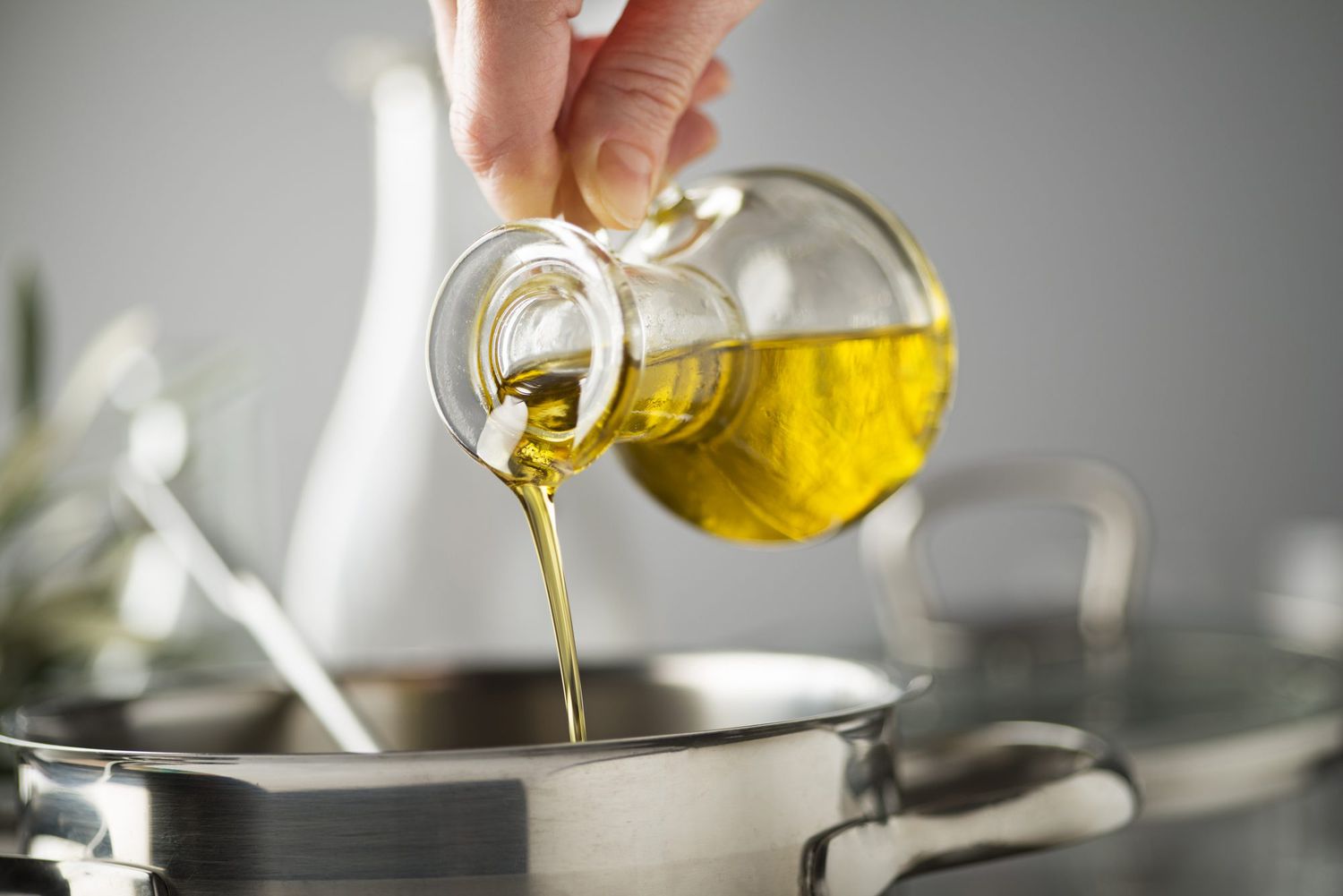Salad dressing is more than just a flavor enhancer; it can make all the difference between a mundane salad and an extraordinary one. When it comes to concocting the best salad dressings, olive oil stands out as a powerful yet subtle ingredient that brings richness, aroma, and wholesome value to your meals. If you're eager to learn how to make salad dressing with olive oil, keep reading. This guide will not only make your salads taste better but also provide you with a healthier alternative to store-bought dressings.

Why Choose Olive Oil?
Before diving into the 'how-to' of salad dressing, exploring why olive oil is a fantastic choice in the first place is essential.
Nutritional Benefits
Olive oil is celebrated for its nutritional benefits. Rich in monounsaturated fats, antioxidants, and anti-inflammatory properties, olive oil is excellent for heart health.
Monounsaturated Fats: These fats can help reduce bad cholesterol levels, lowering the risk of heart disease.
Antioxidants: Compounds like polyphenols and vitamin E protect your cells from damage.
Anti-inflammatory Properties: Olive oil can help reduce inflammation, which is beneficial for overall health.
Flavor and Versatility
The second reason is its unique flavor and versatility. Olive oil can blend well with almost any herb, spice, or other ingredients, allowing you to get creative with your salad dressings.

Basic Ingredients for Olive Oil Salad Dressing
Creating a delicious and nutritious salad dressing with olive oil doesnt require exotic or expensive ingredients. Here are the basics youll need:
- Olive Oil: Extra virgin olive oil is the best choice for salad dressings.
- Acid: Such as vinegar (balsamic, apple cider) or citrus juice (lemon, lime).
- Emulsifier: Like Dijon mustard or honey to keep the oil and acid mixed.
- Flavor Enhancers: Salt, pepper, herbs, garlic, etc.
Pro Tip:
Always use fresh ingredients for the best flavor and maximum nutritional benefit.

Step-by-Step: How to Make Salad Dressing with Olive Oil
Ready to get started? Follow these steps to create your fine olive oil salad dressing:
Step 1: Choose Your Olive Oil
Not all olive oils are created equal. Opt for extra virgin olive oil for its superior taste and health benefits. Make sure to taste the oil first for its fruity and peppery notes.
Step 2: Select Your Acid
The acid component could be vinegar or citrus juice. Balsamic vinegar is popular for its sweetness, while lemon juice adds a zesty touch.
Step 3: Emulsify
Whisk in your emulsifier. Dijon mustard and honey are classic choices that add both texture and flavor.
Step 4: Add Flavors
Enhance your dressing with salt, pepper, herbs, and perhaps a minced garlic clove. Feel free to experiment with other spices like cumin or paprika.
Step 5: Mix It All Together
Combine all the ingredients in a bowl and whisk until well mixed. You can also use a blender for a smoother texture.
Now, let's move on to some popular recipes that you can try at home.

Popular Olive Oil Salad Dressing Recipes
1. Classic Vinaigrette
- 1/2 cup extra virgin olive oil
- 1/4 cup vinegar (balsamic, red wine, or apple cider)
- 1 tsp Dijon mustard
- 1 tbsp honey
- Salt and pepper to taste
Whisk all ingredients together until well combined. This vinaigrette is perfect for mixed greens and roasted vegetables.
2. Lemon Basil Dressing
- 1/2 cup extra virgin olive oil
- 1/4 cup fresh lemon juice
- 1/4 cup chopped fresh basil
- 1 garlic clove, minced
- Salt and pepper to taste
Blend all ingredients until smooth. This dressing works beautifully with a tomato and mozzarella salad.
3. Greek Dressing
- 1/2 cup extra virgin olive oil
- 1/4 cup red wine vinegar
- 1 tsp dried oregano
- 1 garlic clove, minced
- 1 tsp Dijon mustard
- 1 tbsp honey
- Salt and pepper to taste
Mix all ingredients thoroughly. Drizzle over a Greek salad with cucumber, tomato, olives, and feta cheese.
Creative Variations of Olive Oil Salad Dressing
Once you have mastered the basics, you can start creating your own variations. Here are a few suggestions:
Herb-Infused Olive Oil
Heat olive oil with your favorite herbs like rosemary or thyme to infuse it with extra flavor. Make sure to strain out the herbs before using the oil in your dressing.
Sweet and Spicy
Add a bit of honey and a pinch of cayenne pepper to your basic vinaigrette for a sweet and spicy kick.
Nutty Delight
Incorporate ground nuts like almonds or walnuts into your dressing for added texture and flavor.
FAQs
Can I store my homemade salad dressing?
Yes, you can store your salad dressing in the refrigerator for up to a week. Make sure to give it a good shake before use, as the ingredients may separate.
What type of olive oil is best for salad dressing?
Extra virgin olive oil is recommended for salad dressings due to its rich flavor and high-quality nutrients.
How can I make my salad dressing thicker?
You can thicken your salad dressing by adding more emulsifiers such as Dijon mustard or by blending it to incorporate air, which gives it a creamier texture.
For more resources on salad dressing variations, click here. Also, consider these cleaning tips for keeping your kitchen in top shape.
As an Amazon Associate, I earn from qualifying purchases.






Leave a comment
This site is protected by hCaptcha and the hCaptcha Privacy Policy and Terms of Service apply.